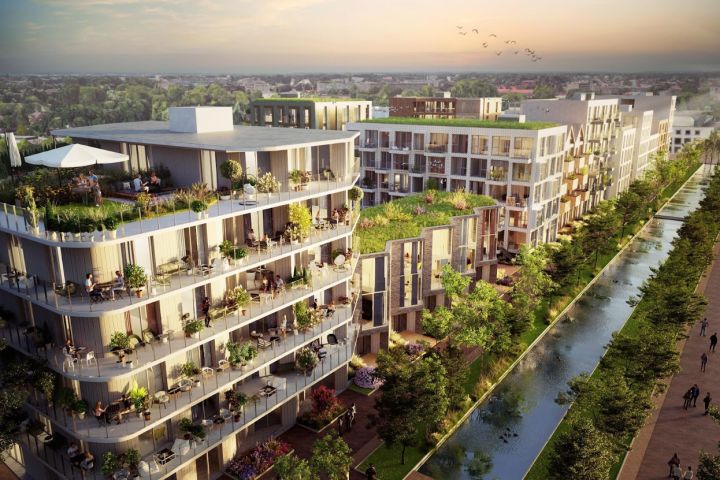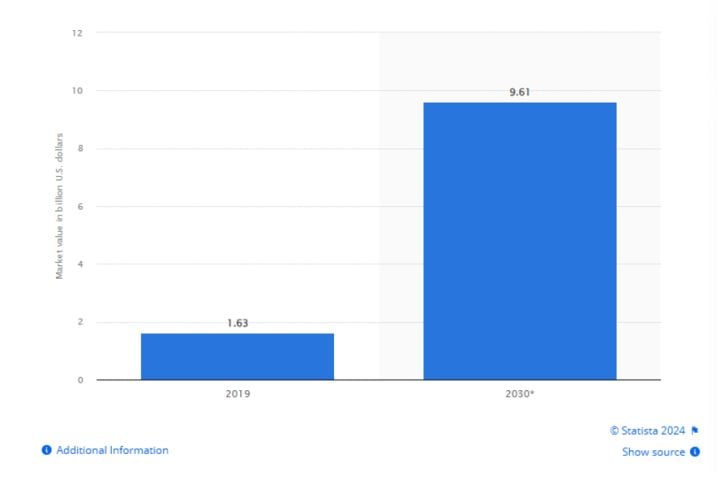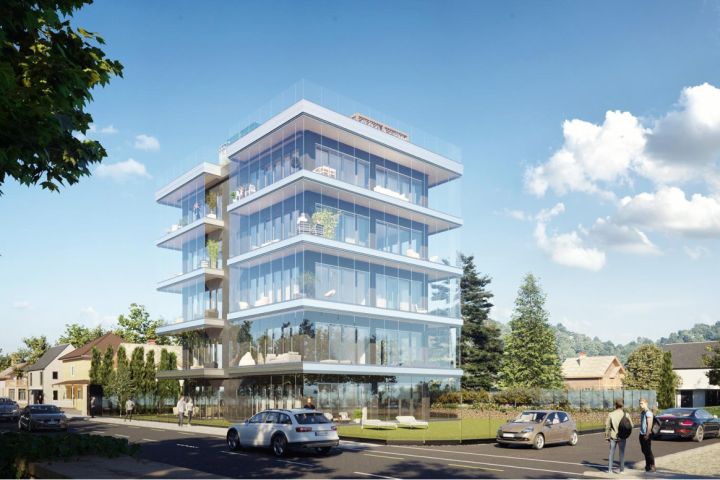Real estate has always used visual presentation to entice buyers and investors. With the advancement of 3D rendering technology, the industry is taking things to the next level.
From sleek interiors to impactful landscape rendering, real estate professionals now have powerful tools to showcase properties like never before. This immersive technology doesn’t just make properties look good — it influences how clients make decisions.
Read on to learn how 3D rendering is helping clients envision the possibilities of a property, increase their confidence in the buying process, and support their decision to purchase or invest.

Understanding 3D Rendering in Real Estate
3D rendering is the process of creating narrative, three-dimensional visualizations of properties, both existing and conceptual. It allows developers, architects, and real estate agents to transform blueprints and ideas into realistic images or walkthroughs.
What makes this so impactful? Unlike traditional photography or flat blueprints, 3D renderings provide an attractive representation of a property’s potential.
Buyers and investors can experience a property before it’s even built, which is particularly helpful for:
- virtual staging
- interior, exterior, and aerial visual presentations
- landscape visualization
- off-plan sales
- renovations
Given the impressive capabilities of 3D rendering, it’s no wonder this technology is experiencing a surge in demand, even outside of the real estate industry. Its widespread appeal is reflected in its global market value, which was 1.63 billion U.S. dollars in 2019.
By 2030, this market is projected to reach 9.61 billion U.S. dollars.
Enhanced Client Decision-Making Through Virtual Experiences
Real estate is one of the most significant assets a person can own, but it comes with a hefty price tag.
According to Knight Frank, a leading global property consultant, the prices of real estate, especially luxury properties, have soared in 2024.
In the first quarter alone, the Knight Frank Prime Global Cities Index reported an average annual growth rate of 4.1% across 44 markets worldwide.
Considering these significant price increases, making well-informed choices can mean the difference between a profitable investment and a costly mistake.
So, how does 3D rendering fit into this picture?
Studies show that visual experiences play an important role in cognitive reasoning, whether in daily life, business, or science. Consequently, visualization tools like 3D rendering can enhance both the quality and speed of decision-making.
Glass house in Switzerland visualized by RNDR
For Buyers
- Realistic visualization: 3D renderings offer a realistic, narrative view of properties, allowing buyers to see every detail of the design and layout. This helps them understand the space better and make more informed decisions about whether a property meets their needs and preferences.
- Customization: Buyers can visualize different design options and potential renovations. This allows them to see how a property can be modified to suit their personal tastes and requirements, making it easier to decide on the right investment.
- Emotional connection: Experiencing a property through a narrative 3D rendering helps buyers form an emotional connection. This can be a significant factor in decision-making, as buyers are more likely to commit to a property they can visualize themselves living in.
For Investors
- Detailed analysis: Investors can use 3D renderings to conduct thorough analyses of potential properties. By visualizing every aspect of a property, they can make more accurate assessments of its value and potential return on investment.
- Remote assessments: 3D rendering allows investors to evaluate properties remotely, which is particularly beneficial for those investing in international markets. This saves time and travel costs while providing a comprehensive view of the property.
- Portfolio management: Visualizing entire property portfolios through 3D renderings helps investors manage their assets more effectively. They can track the performance of each property, identify areas for improvement, and make strategic decisions based on visual data.
- Risk mitigation: 3D visualizations help investors identify potential issues before they become costly problems. This proactive approach allows for better risk management and more confident investment decisions.
Conclusion
3D rendering is a transformative tool that shapes how clients perceive and decide on properties.
From instilling confidence and making emotional connections to supporting investment analysis and risk mitigation, this technology is indispensable for modern real estate professionals to help clients navigate the complexities of the real estate market.
Frequently Asked Questions
1. What’s the average time required to create a 3D rendering?
Professional 3D rendering services usually deliver basic projects within 10 business days, while complex developments might take 3-4 weeks for complete visualization packages.
2. Is 3D rendering cost-effective for small real estate projects?
While the initial cost might seem high, the ability to attract more clients and close deals faster often justifies the investment, even for smaller projects.
We hope you found this blog post on The Impact of Real Estate 3D Rendering on Client Decision-Making, useful. Be sure to check out our post on The Impact of 3D Rendering on Architectural Visualization for more great tips!
Have Experience in the Moving Industry? Want an Additional Income Stream? Work With All Around Moving!
Partner with us and we’ll help you make money. Click here to learn more.







